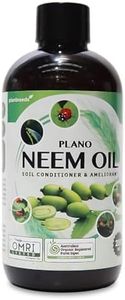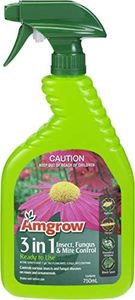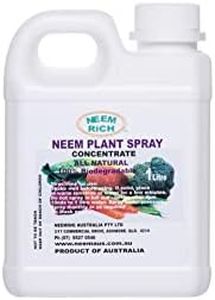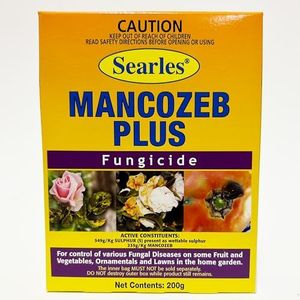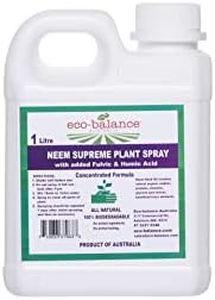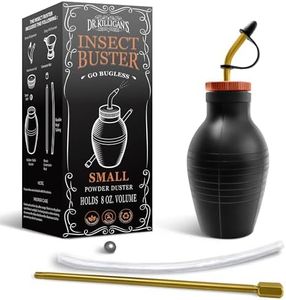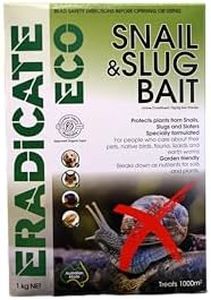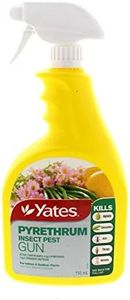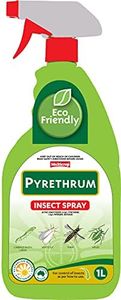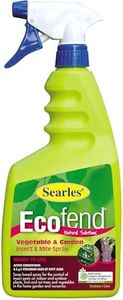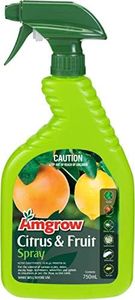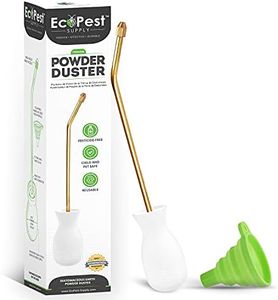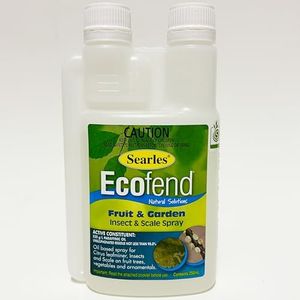We Use CookiesWe use cookies to enhance the security, performance,
functionality and for analytical and promotional activities. By continuing to browse this site you
are agreeing to our privacy policy
10 Best Organic Pesticides
From leading brands and best sellers available on the web.Buying Guide for the Best Organic Pesticides
Choosing the right organic pesticide can make a big difference in maintaining a healthy and productive garden or farm while keeping harmful chemicals out of your environment. With so many options available, it’s important to understand what makes a pesticide truly organic, how effective it is against your specific pests, and what effects it may have on your plants, beneficial insects, and overall ecosystem. Take the time to match your choice to your pest issues, your plants, and your gardening values.Active IngredientsThe active ingredient is the component that actually controls pests, and it’s crucial to check because not all organic pesticides use the same substances. Typical ones include neem oil, pyrethrin, insecticidal soap, or plant oils. Each has unique strengths and weaknesses; for example, neem oil can target many pests and has some fungicidal properties, while insecticidal soap is most effective against soft-bodied insects. To pick the right one, identify the pests you're struggling with, and choose an active ingredient known to treat them effectively.
Target Pest TypesOrganic pesticides often work best on certain types of pests, which can include insects like aphids and mites, fungal diseases, or even weeds. The product label or description will tell you which pests it is best suited for. Divide pest types into groups like insects, fungi, or broad-spectrum (covers many types). Choose a pesticide designed specifically for the pests you're facing and avoid broad-spectrum ones if you wish to protect beneficial creatures.
Residual EffectResidual effect refers to how long the pesticide remains active after it is applied. Some break down quickly (lasting only a day or less), while others may offer longer protection (up to a week). Short residual pesticides are safer for beneficial insects but might require more frequent applications. Longer residuals provide longer-lasting protection but may linger on edible plants or harm non-target insects. Choose based on how much time you can dedicate to reapplying and your priorities around safety and plant types.
Application MethodThis describes how the pesticide needs to be applied, such as ready-to-use sprays, concentrates that need mixing, dusts, or granules. Ready-to-use sprays are convenient for small gardens, while concentrates are more cost-effective and suitable for larger areas if you’re comfortable mixing them. Consider how much area you need to treat, whether you have the necessary equipment, and how much convenience matters to you.
Plant Safety (Phytotoxicity)Phytotoxicity refers to the risk of the pesticide harming your plants. Some organic products are safer than others, and sensitivity can vary by plant type and weather conditions. Some products warn against use on tender new growth or certain varieties. To pick the best, check which crops or plants are listed as safe on the label, and think about your garden’s specific needs.
Environmental ImpactEnvironmental impact considers how the pesticide affects non-target organisms, pollinators, soil health, and water. Truly organic pesticides have lower risks, but some can still be harmful to bees, aquatic life, or beneficial insects. Some products are marked as bee-safe or low-impact. Think about your surroundings, such as proximity to waterways or the presence of bees, when choosing a product.
